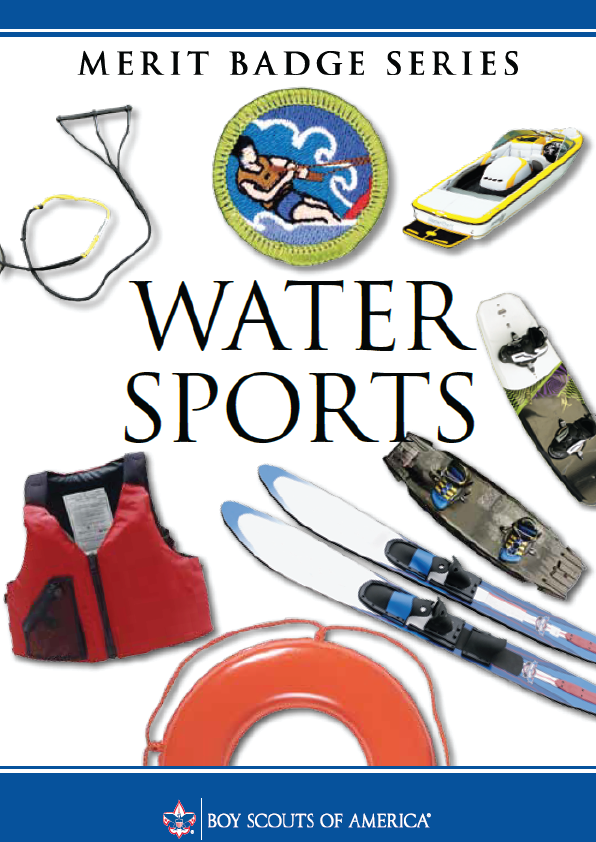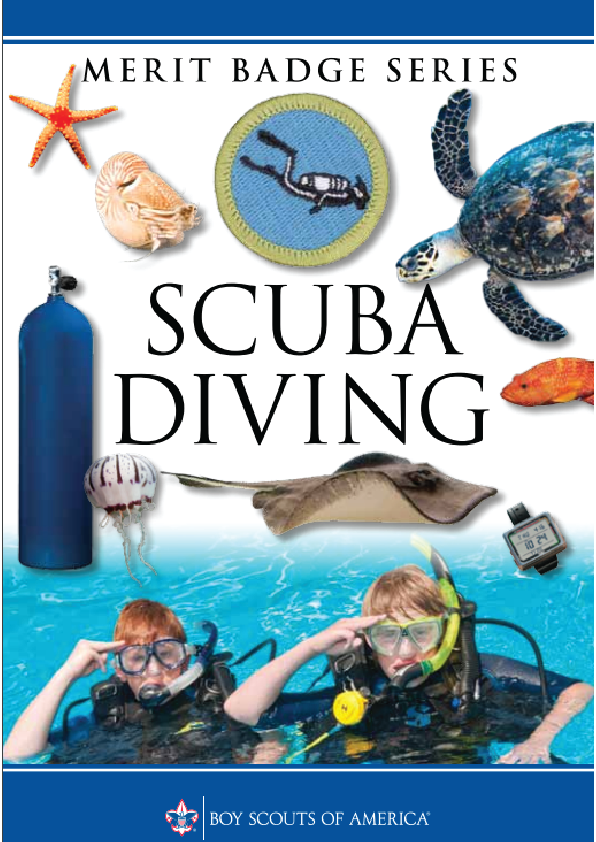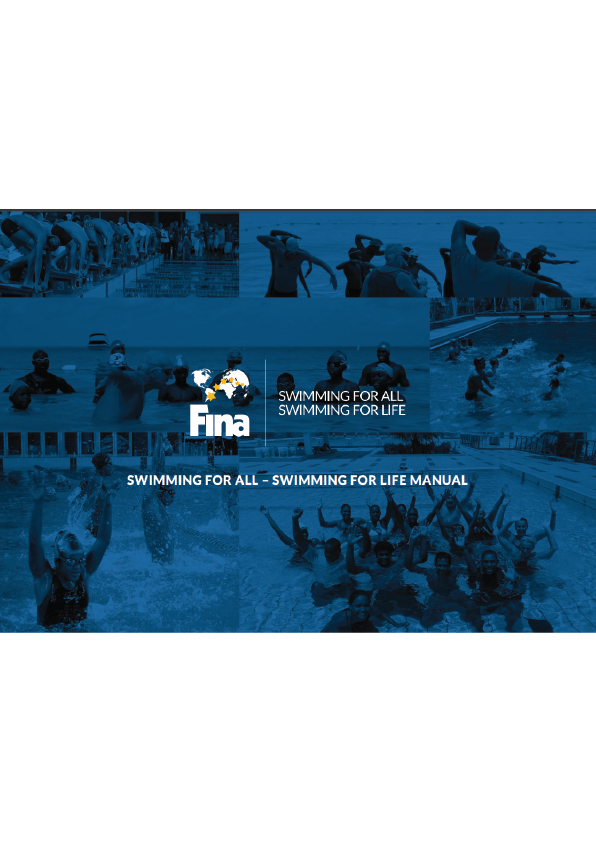Introduction
Water sports are a fun and exhilarating way to enjoy being outdoors while developing strength, coordination, and fitness. By using your experience with water sports and practicing good judgment, you will develop skills that will serve you well for a lifetime and have extreme fun while you do. A Brief History of Water Sports Water sports have come a long way since 1922, when Ralph Samuelson made the first attempts to glide across water using wooden slats from a barrel. It was an ingenious effort, but the slats worked poorly. Samuelson tried using snow skis next, but the results were still disappointing. Finally he decided to create the skis himself, shaping wooden boards and attaching them to his feet with leather straps. This method was much more successful, and interest in Samuelson’s invention caught on quickly. Exhibitions of the new sport were soon being held in both the United States and Europe.
Wakeboarding—which has been described as snowboarding on water—is a much more recent development in water sports. The first wakeboard designs were created in 1985 by two surfers, Jimmy Redmon of Texas and Tony Finn of California. These wakeboarding innovators fashioned small surfboards that could be towed behind a boat. They called this invention a “skurfboard.” But their designs had one drawback: Like surfboards, skurfboards were buoyant, and many waterskiing tricks depend on being able to make a deepwater start. Only the strongest and most experienced skiers were able to accomplish a deepwater start.
Herb O’Brien resolved that problem in 1990. This wakeboarding visionary created a neutral-buoyancy board. Shortly afterward, Jimmy Redmon added a further refinement by designing a twin-tipped version. This twin-tipped model, by now called a “wakeboard,” has since become the standard for the sport.
Safety in Water Sports
Following the guidelines in this chapter will help you enjoy the thrill of water sports while staying safe and accident-free.
The BSA Swimmer Test
The BSA swimmer test evaluates the skills needed for the minimum level of swimming ability required for safe deep- water swimming, a safety factor necessary for waterskiing and wakeboarding. Entry First, the swimmer must be able to make an abrupt entry into deep water and begin swimming without any aids. Walking in from shallow water, easing in from the edge or down a ladder, pushing off from the side or bottom, or gaining forward momentum by diving do not satisfy this requirement. The BSA Swimmer Test Jump feetfirst into water over your head in depth. Level off and swim 75 yards in a strong manner using one or more of the following strokes: sidestroke, breaststroke, trudgen, or crawl. Then swim 25 yards using an easy resting backstroke. The 100 yards must be completed without any stops and must include at least one sharp turn. After completing the swim, rest by floating. This qualification test should be renewed annually.
Distance and Stamina
After entering the water and beginning to swim, the swimmer must demonstrate an ability to cover distance by swimming 75 yards with a strong, confident stroke. The 75 yards should not be the outer limit of the swimmer’s ability or stamina. Dog-paddling and strokes that are repeatedly interrupted and restarted are not sufficient, and underwater swimming is not acceptable. One or a combination of strokes may be used to complete the 75 yards. Any strong overarm stroke (including the back crawl) is acceptable.
Resting
The swimmer must be able to do a restful, free-breathing backstroke that can be used to help avoid exhaustion while in the water. After completing the distance requirement, the swimmer must show, for 25 yards, that he can use the backstroke for resting. The change of stroke must be accomplished in deep water without any push-off or other assistance. Any variation of the elementary backstroke is acceptable if it is restful. An overarm back crawl may be acceptable if it clearly provides an opportunity for the swimmer to rest and regain his wind.
Sharp Turn
A sharp turn is included in the requirements to show the swimmer can reverse direction in deep water without assistance and without pushing off from the side or bottom.
Floating
The floating part of the swimmer test demonstrates the swimmer’s ability to maintain himself in the water indefinitely, though he might be exhausted or otherwise unable to swim. Treading water or swimming in place will further tire the swimmer and is, therefore, unacceptable. The duration of the float test is not significant, except that it must be long enough to demonstrate that the swimmer is in fact resting and could likely continue to do so for a prolonged period. Survival floating, or drownproofing, may be sufficient if it is clearly restful, but floating face-up is preferred.
Safety Afloat
The BSA Safety Afloat guidelines were developed to promote boating and boating safety and to set standards for safe activity afloat. Be sure to keep these guidelines in mind during all water sports activities.
1. Qualified Supervision
All water sports activities must be supervised by a mature and conscientious adult, age 21 or older. That person must understand and knowingly accept responsibility for the well-being and safety of the youths in his or her care. Further, that person must be experienced and qualified in the particular watercraft skills and equipment involved in the activity and be committed to compliance with the nine points of the BSA Safety Afloat guidelines. All supervisors must complete BSA Safety Afloat and Safe Swim Defense training, and at least one must be trained in CPR. It is strongly recommended that all units have at least one adult or older youth member currently trained as a BSA Lifeguard to assist in the planning and conducting of all activity afloat.
2. Physical Fitness
All waterskiers and wakeboarders must show physical fitness by presenting a complete health history from a physician, parent, or legal guardian. It is particularly important that the supervisors know about each participant’s medical conditions such as diabetes, severe allergies, epilepsy, asthma, or heart conditions so that they can take the necessary precautions to make water sports activities safe. In the event of any significant health condition, the adult leader should require that the participant be checked by a doctor.











